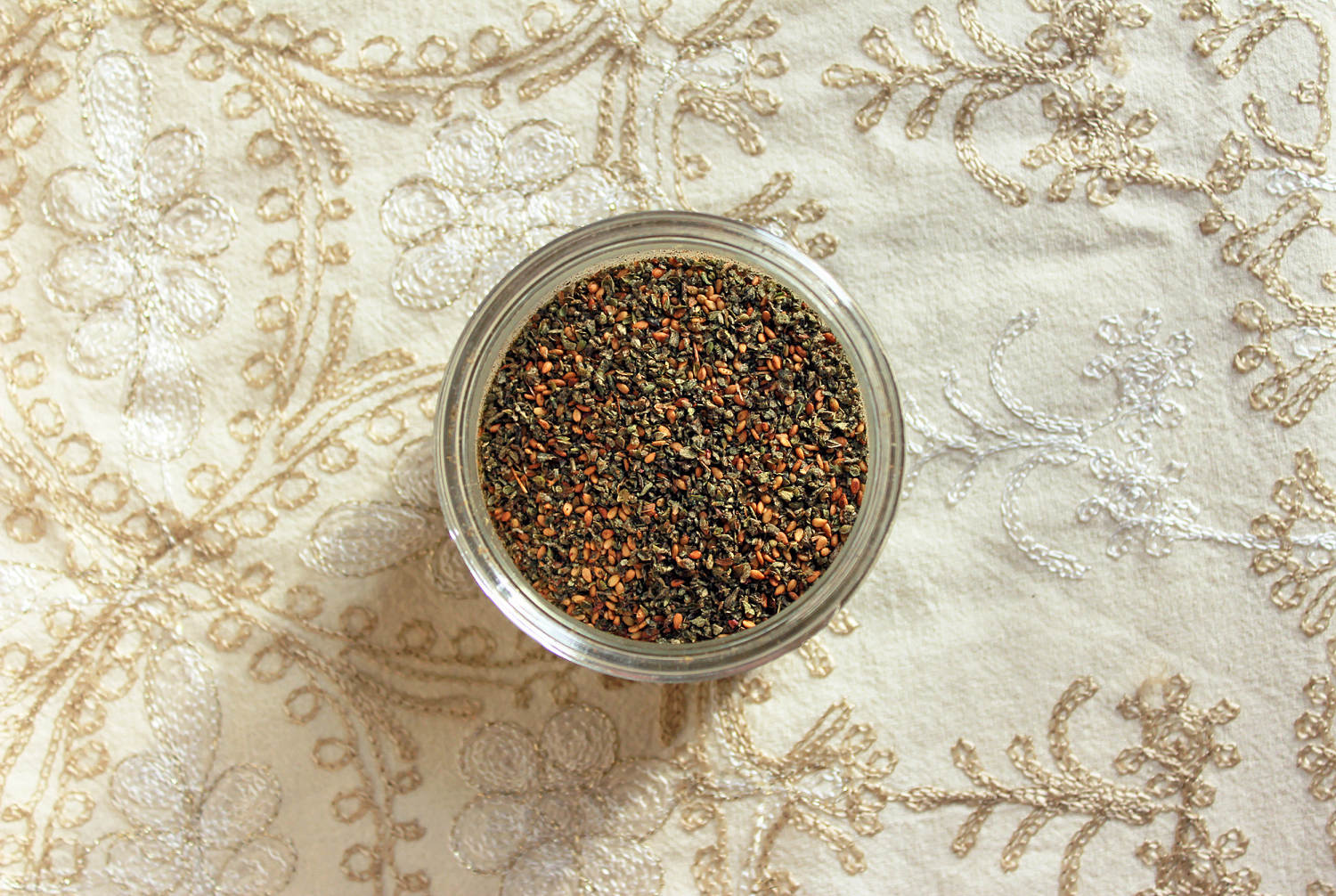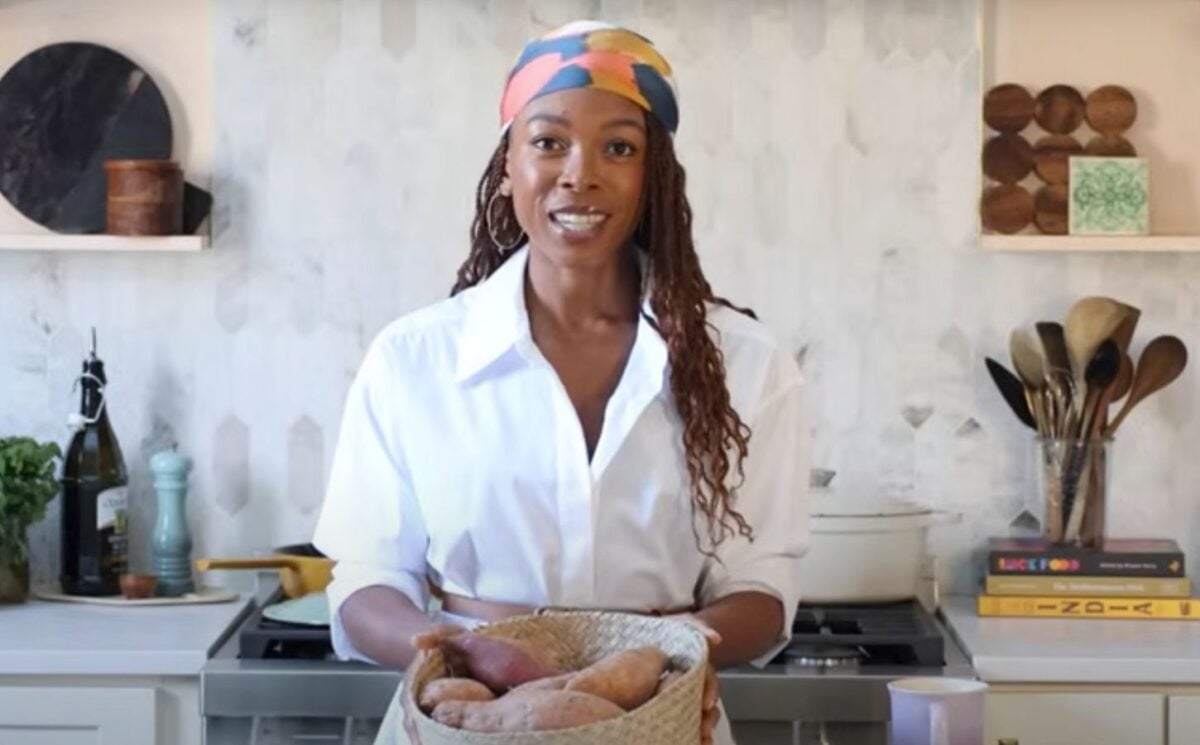It’s herbal, zesty and toasty. If you’re a regular at your local Middle Eastern market or just in tune with current , chances are you’ve probably heard of a spice blend called . From the definition of the Arabic word to the many obstacles of harvesting the herb, za’atar holds a significant history with each tangy bite.
Whether you’re already implementing it into your daily meals or just hearing about it now, knowing where za’atar comes from makes it taste even better. Za’atar (ZAA-tar) is a spice blend that consists of dried wild thyme, sumac, sesame seeds, and salt. With those four ingredients as the foundation, the mix can vary depending on country, city, village, or even family.

Some toast the sesame seeds for a nuttier flavor, some add more sumac for a tangy kick, and some go heavy on the thyme for a greener, earthier taste. In Arabic, the word “za’atar” directly translates to “thyme,” the main ingredient. The aromatic blend dates back to the .
Native to the hills of the Levant region, za’atar is widely recognized as a staple of Palestinian culture and cuisine, but it is ubiquitous throughout the Middle East. Its color, smell and texture varies depending on from where it’s sourced. I currently have three different kinds of za’atar in my kitchen — Lebanese, Jordanian and Palestinian — and I could tell you where each one is from by either looking at or tasting it.
Za’atar has an earthy, tangy and nutty taste. Its texture is light and fluffy from the dried thyme, but it’s also got some crunch from the sesame seeds. It’s traditionally eaten for breakfast in a few ways and every Arab household has at least one kind of za’atar.
, a traditional Lebanese flatbread that can be found on every Beirut street corner, can be topped with za’atar and olive oil. One of my favorite things to do is buy a za’atar manousheh and a cheese manousheh, then combine the two to create my own “manousheh cocktail.” While you can often order a manousheh cocktail directly, the real joy comes from the simple act of putting them together yourself.
The most traditional, common and easy way to eat za’atar is simply right out of a bowl with some olive oil and fresh bread — you can’t go wrong with that. Although there are on this, za’atar is widely considered brain food. My parents, and so many others, would give their kids a piece of thin bread rolled with za’atar and olive oil on the morning of a test or exam for a little extra focus and mental stimulation.
Za’atar is a staple of the Middle East, with the plant thriving in the wild there for as long as the region’s hills have stood. And while it has origins in Levantine culture, dating back to at least the 12th century, there is that suggests ingredients in the spice blend were used in ancient Egypt. Knowing what it’s like to be in the kitchen with Arab women, my best guess is that because there’s never a real recipe for anything, no one really knows where the spice mix first emerged.
Cultivating za’atar promotes biodiversity, reduces overharvesting of wild plants and provides income opportunities in rural areas. This resilient crop thrives in harsh conditions, making it ideal for regions with limited water. For , the United Nations has supported Lebanese farmers in transitioning from tobacco to za’atar farming, improving both sustainability and working conditions.
Za’atar cultivation is environmentally friendly, requiring minimal use of pesticides and fertilizers. Additionally, the plant’s natural pest-repelling properties reduce the need for chemical treatments, making it a sustainable crop. I remember how my aunts and uncles would always have that plant in their gardens, using it not only for harvesting but also to keep the pests away naturally.
It’s something I always associate with their gardens. In Lebanon, we often put whole za’atar leaves in salads or as a side to enjoy with your food. They would also harvest the za’atar, along with other herbs, and dry them in the sun and make use of it that way.
Because za’atar can be dried and stored easily, it becomes a valuable food source in remote areas. Rich in antioxidants, it offers health benefits and contributes to a healthy diet. The Mediterranean diet is frequently praised for its health benefits, and za’atar may play a significant role in contributing to its .
Za’atar also holds cultural significance for Palestinians, specifically, representing heritage and homeland as they endure and . Harvesting the wild plant is an act of cultural preservation and resistance in the face of the Israeli government . (makes about 3 cups) Blend the dried thyme.
(This will ensure a soft texture to the final product.) For a coarser texture and slightly more flavor, lightly drizzle olive oil on the blended dried leaves and rub together with your hands so that everything is coated. (It shouldn’t be drenched in olive oil; it’s more of a binding agent.
) Toast sesame seeds until fragrant and lightly browned. Add thyme, toasted sesame seeds, sumac and salt to a bowl, and mix it with your hands until well-combined. Store in an airtight container in a cool spot for lasting freshness.
Zeina Zeitoun is a New York based artist, photographer and TODAY photo editor born in America and raised in between the U.S. and Lebanon.
She creates content in the field of journalism and documentary photography that's influenced heavily by her roots, and as a Lebanese-American woman living in the U.S..
Food

What is za’atar? Everything you need to know about the Middle Eastern spice blend

Za'atar, a popular, wild thyme-based spice blend from the Middle East, belongs in your kitchen. Here's how to use it and how to make it yourself.














